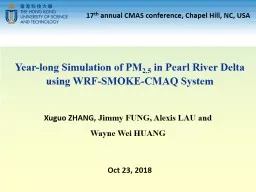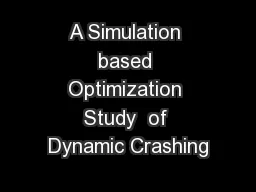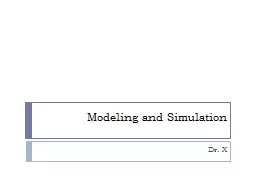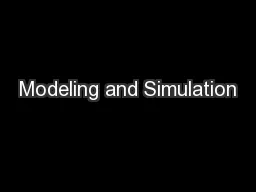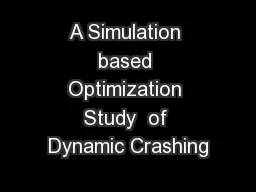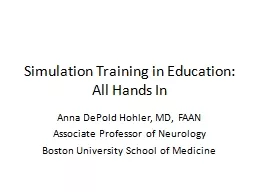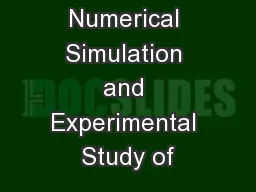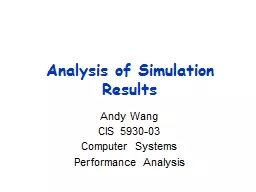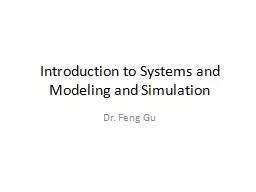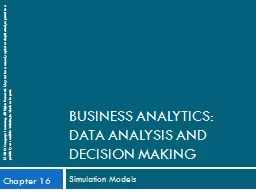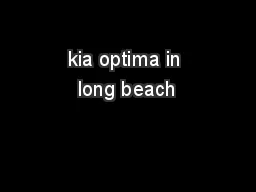PPT-Year-long Simulation of PM
Author : stefany-barnette | Published Date : 2018-11-09
25 in Pearl River Delta using WRFSMOKECMAQ System Xuguo ZHANG Jimmy FUNG Alexis LAU and Wayne Wei HUANG Oct 23 2018 17 th annual CMAS c onference Chapel Hill
Presentation Embed Code
Download Presentation
Download Presentation The PPT/PDF document "Year-long Simulation of PM" is the property of its rightful owner. Permission is granted to download and print the materials on this website for personal, non-commercial use only, and to display it on your personal computer provided you do not modify the materials and that you retain all copyright notices contained in the materials. By downloading content from our website, you accept the terms of this agreement.
Year-long Simulation of PM: Transcript
Download Rules Of Document
"Year-long Simulation of PM"The content belongs to its owner. You may download and print it for personal use, without modification, and keep all copyright notices. By downloading, you agree to these terms.
Related Documents

